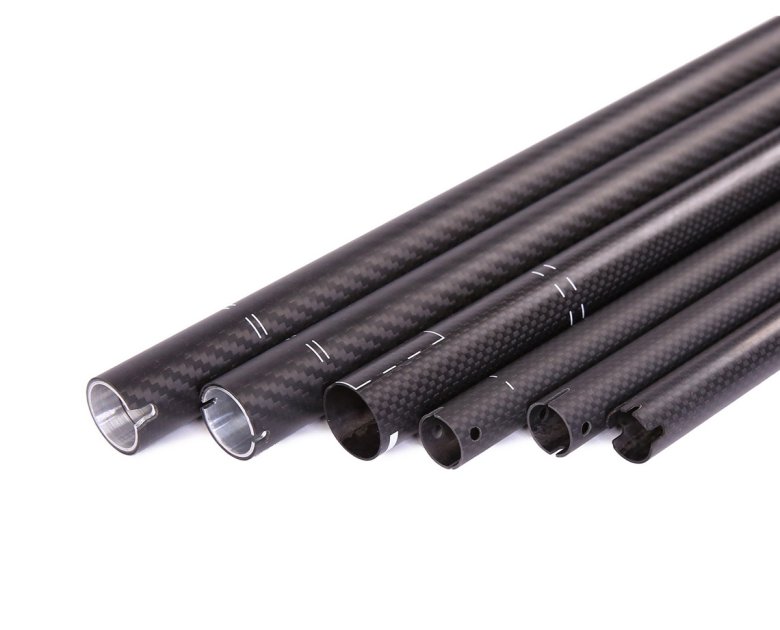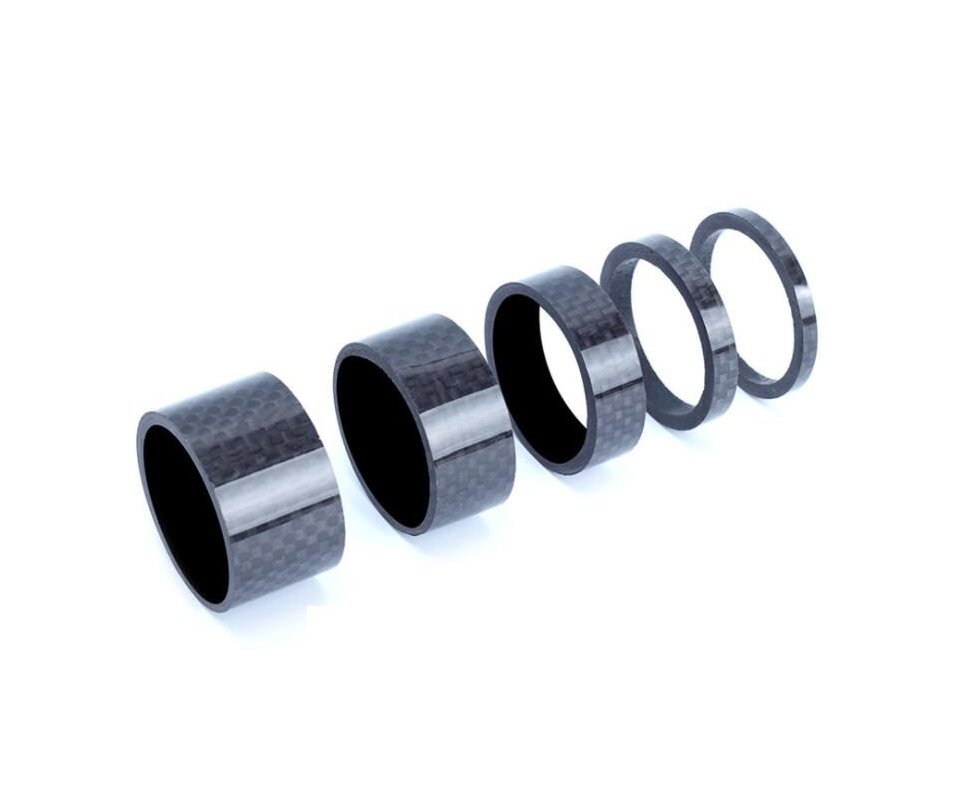Definition of Carbon Fiber Tubes,Carbon fiber tubes are lightweight, high-strength cylindrical structures made from carbon fiber-reinforced polymer (CFRP). These tubes are widely used across industries for their impressive strength-to-weight ratio, corrosion resistance, and versatility in engineering applications.

How Do Carbon Fiber Tubes Work?
Carbon fiber tubes are manufactured through various processes, including filament winding, pultrusion, and roll-wrapping. They consist of carbon fiber strands embedded in a polymer matrix, which provides structural integrity. The alignment of fibers determines the mechanical properties, including tensile strength, stiffness, and flexibility.

Advantages of Using Carbon Fiber Tubes
Lightweight Yet Strong: Carbon fiber tubes offer exceptional strength while being significantly lighter than metal alternatives like aluminum or steel.
High Stiffness: These tubes exhibit superior rigidity, making them ideal for applications requiring minimal flex.
Corrosion Resistance: Unlike metal tubes, carbon fiber tubes do not corrode, making them suitable for marine and aerospace applications.
Thermal Stability: Carbon fiber maintains its properties across extreme temperatures, making it ideal for high-performance engineering projects.
Customizability: Available in different sizes, shapes, and fiber orientations to meet specific mechanical requirements.

Common Uses of Carbon Fiber Tubes
Carbon fiber tubes are widely used in industries such as:
Aerospace & Aviation: Used in aircraft components, UAVs, and satellites for weight reduction and fuel efficiency.
Automotive & Motorsports: Common in roll cages, driveshafts, and chassis components due to their impact resistance.
Medical Equipment: Employed in prosthetics, orthotic devices, and surgical instruments for their strength and low weight.
Industrial & Robotics: Used in robotic arms, automation systems, and precision tools.
Sports & Recreation: Found in bicycles, fishing rods, archery bows, and cue sticks for their durability and lightweight nature.


Types of Carbon Fiber Tubes
1. Pultruded Carbon Fiber Tubes
Manufactured using continuous fibers aligned in one direction.
Excellent for applications requiring high axial strength but minimal torsional resistance.
2. Filament Wound Carbon Fiber Tubes
Produced by winding carbon fiber strands around a mandrel in various angles.
Offers superior torsional strength and is ideal for drive shafts and high-load applications.
3. Roll-Wrapped Carbon Fiber Tubes
Made by layering pre-impregnated carbon fiber sheets and rolling them into tubes.
Provides balanced strength in multiple directions and is suitable for aerospace and sporting goods.
4. Braided Carbon Fiber Tubes
Features interwoven fibers for uniform strength distribution.
Commonly used in applications requiring impact resistance and flexibility.

Choosing the Right Carbon Fiber Tube
When selecting a carbon fiber tube, consider the following factors:
Application Requirements: Determine the necessary strength, stiffness, and weight considerations.
Tube Diameter and Wall Thickness: Select dimensions based on load-bearing needs and structural constraints.
Fiber Orientation: Choose between unidirectional, cross-woven, or braided patterns depending on mechanical performance needs.
Surface Finish: Matte, gloss, or textured finishes affect aesthetics and grip.
Temperature Resistance: Ensure the tube can withstand operational temperatures.
Installing and Configuring Carbon Fiber Tubes
Carbon fiber tubes can be cut, drilled, and bonded using specialized adhesives and fittings. When handling these tubes:
Use diamond-coated blades or carbide tools for precision cutting.
Avoid excessive force to prevent delamination.
Apply epoxy-based adhesives for strong, lasting bonds.
Secure with mechanical fasteners if necessary for structural applications.
Troubleshooting Common Issues with Carbon Fiber Tubes
Delamination: Can occur from improper handling or impact. Use proper cutting techniques and avoid excessive stress.
Cracking or Splintering: Use high-quality finishing processes and protective coatings.
Bonding Failures: Ensure surfaces are clean before applying adhesives and use compatible bonding agents.
Manufacturing Defects: Inspect tubes for inconsistencies in fiber orientation or voids before use.
Carbon Fiber Tubes vs. Other Materials
Carbon Fiber vs. Aluminum
Weight: Carbon fiber is 40% lighter than aluminum.
Strength: Carbon fiber is stiffer and stronger per weight unit.
Corrosion Resistance: Aluminum may corrode, while carbon fiber remains unaffected.
Carbon Fiber vs. Steel
Weight: Carbon fiber is about five times lighter.
Durability: Steel is tougher but more prone to rust.
Cost: Carbon fiber is more expensive but offers performance benefits.
Maintenance and Best Practices
To ensure longevity and performance of carbon fiber tubes:
Store in a dry, temperature-controlled environment.
Clean with non-abrasive materials to prevent surface damage.
Inspect periodically for wear, impact damage, or delamination.
Avoid exposure to harsh chemicals that may weaken the resin matrix.
Frequently Asked Questions (FAQ)
Q: Are carbon fiber tubes stronger than steel?
A: Yes, per unit weight, carbon fiber tubes can be stronger and stiffer than steel, but steel is tougher and more impact-resistant.
Q: Can carbon fiber tubes be machined?
A: Yes, they can be cut, drilled, and shaped using the correct tools and techniques.
Q: Are carbon fiber tubes conductive?
A: Pure carbon fiber is conductive, but some variations include insulating layers.
Q: What is the maximum temperature carbon fiber tubes can withstand?
A: Depending on the resin used, they can endure temperatures from 200°C to over 500°C.
Q: Can carbon fiber tubes be repaired if damaged?
A: Minor damages can be repaired using epoxy resins, but structural cracks may require replacement.
Q: How are carbon fiber tubes manufactured?
A: They are typically made using pultrusion, filament winding, or roll-wrapping processes.
Carbon fiber tubes are an excellent choice for high-performance applications where strength, lightweight construction, and durability are essential. By understanding their types, benefits, and applications, users can select the best tube for their needs, ensuring efficiency and reliability in various industries.
